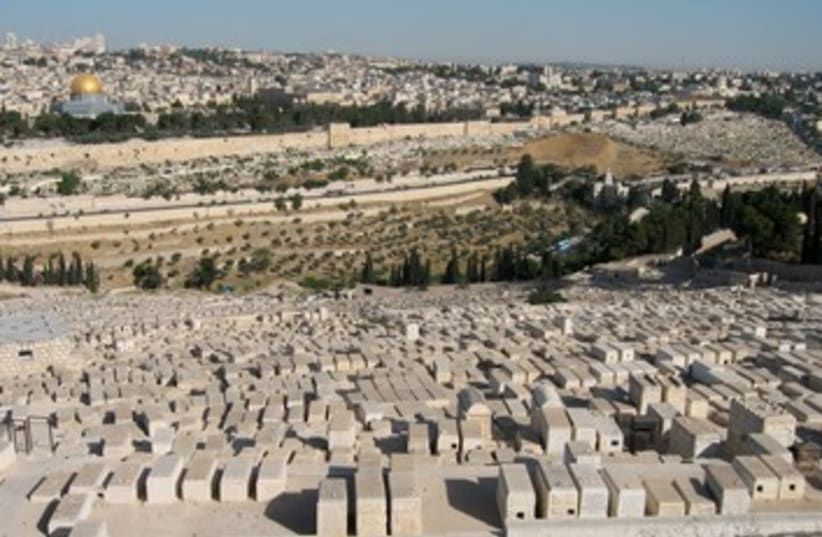Wayne Stiles has never recovered from his travels in the Holy Land. Follow him on Twitter (@WayneStiles) or on his blog at www.waynestiles.com.
People often ask me if I have a favorite place I’ve visited in Israel. “You mean other than Jerusalem?” I usually reply with a smile.
No other city in history comes close to Jerusalem’s significance.
Others have had more power, more land, more people, more natural resources—even more prestige—but none has more significance. And none ever will.
Yet when you see Jerusalem for the first time, you may wonder why all the fuss. Except for the Temple Mount with its golden Dome of the Rock, the city seems drab. No skyscrapers pierce the skyline of Israel’s capital city. Only some scattered antennae, towers, domes, cranes, crosses and crescent moons protrude in a tangled mess—like wheat and tares. Myriads of dumpy buildings and uneven rooftops betray the hodgepodge of intentions each era has imposed on the city’s fixed spaces.
The tour group I traveled with began the sharp descent from the Mount of Olives by following a narrow road with high walls on either side. On top of the walls, colored pieces of broken glass jutted up from the concrete as a primitive barbed-wire fence. Immediately to my left was a sign: “Tombs of the Prophets Haggai, Zechariah and Malachi.” Although the first- century kokhim (shaft) tombs could not have belonged to these sixth- and fifth-century B.C. prophets, I found it interesting that Zechariah, who foresaw Israel’s King coming on a donkey, would allegedly rest on the slope where his words found fulfillment.
The high wall on my left overlooked a vast Jewish graveyard—the largest in the world. Literally thousands of white tombs give testimony to the Jewish hope that when the Messiah comes, “His feet will stand on the Mount of Olives” (Zech. 14:4), and those buried there will stand first in line for blessing (see Daniel 12:2; Revelation 20:11-15). Just last week I saw a group of mourners surrounding a grave.
The high wall to my right enclosed the grounds of the Dominus Flevit Church. The chapel’s name means, “the Lord wept,” memorializing the moment Jesus wept over Jerusalem (see Luke 19:41). The roof of the quaint chapel resembles the shape of an inverted teardrop. I entered and walked to the altar on the right and the large arced window that frames the city of Jerusalem. The window’s decorative wrought-iron bars depict a cup, a loaf, thorns and a cross. A few potted plants and candles sat on the sill. The capstone above the window supports a stone relief of Jesus riding a donkey with his face in his hands.
As I stared out the window at the city over which the Lord had wept, it seemed as though I gazed through a porthole of time. The wrought-iron elements of Jesus’ Passion overshadowed the city. I couldn't see Jerusalem without also seeing the cross.
As I continued down the steep road, I had to marvel at the contrast on either side of me. One wall guarded the hope that the Messiah will come one day. The other wall guarded the belief that he already had come. Only a narrow, steep road separated these two walls. Somehow the distance seemed much greater.
Passover and Easter bring to mind pictures of the Messiah—both for Jews and for Christians. The Mount of Olives echoes these hopes from its slopes.
How to Get There:
Drive to the top of the Mount of Olives to the Seven Arches Hotel. Walk past the camel and the merchants and descend the road toward the Kidron Valley.
What to Do There:
Visit the Jewish cemetery and enjoy the view from the slope. Visit the Dominus Flevit Church and view the city through its iconic window inside the chapel.
Wayne Stiles has never recovered from his travels in the Holy Land. Follow him on Twitter (@WayneStiles) or on his blog at www.waynestiles.com. This post was adapted from Wayne’s book, Walking in the Footsteps of Jesus (Regal Books, 2008).
